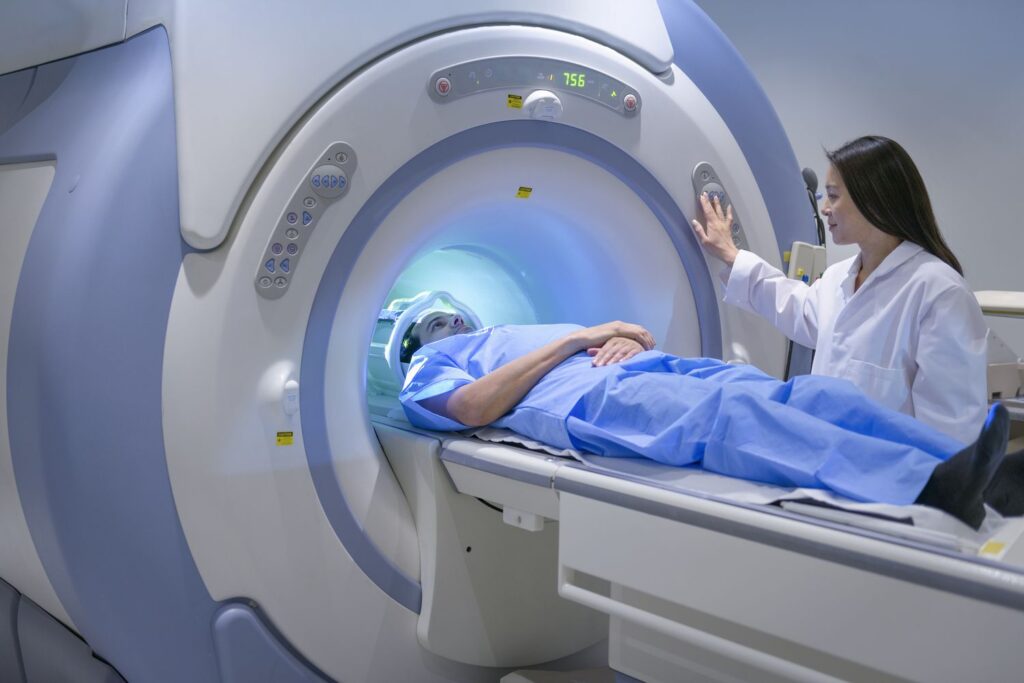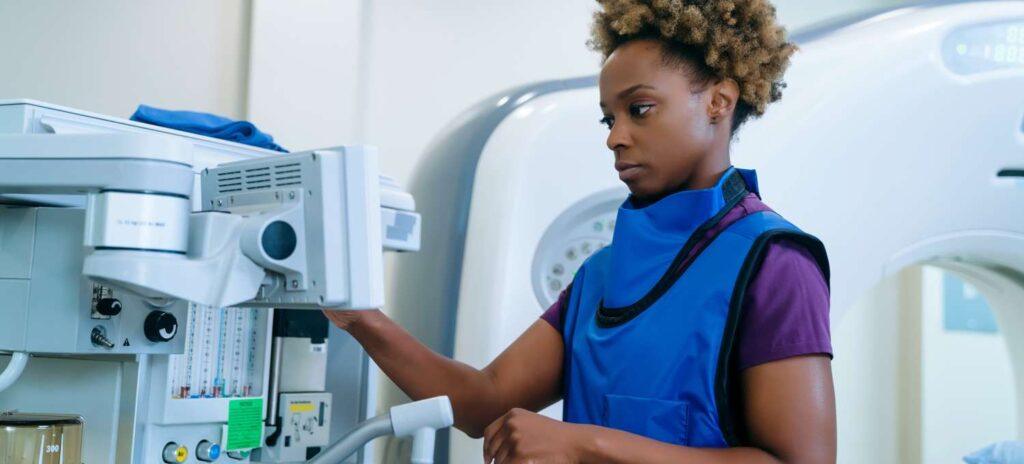Embarking on a career as a radiologic technologist offers a dynamic blend of technology, patient care, and medical expertise. Radiologic technologists, commonly known as radiology techs, play a crucial role in the healthcare system by operating imaging equipment to assist in the diagnosis and treatment of various medical conditions. If you’re intrigued by the prospect of working at the intersection of healthcare and technology, this step-by-step guide will walk you through the journey of becoming a radiologic technologist, from education and training to certification and career opportunities.
Radiologic Technologist
Discover the path to a rewarding career as a radiologic technologist with this comprehensive step-by-step guide. From pursuing the necessary education and training to obtaining certification and exploring diverse career opportunities, this guide covers everything you need to know to embark on a successful journey in the dynamic field of medical imaging. Whether you’re a high school student exploring career options or an aspiring healthcare professional seeking a fulfilling vocation, dive into this guide to learn how you can become an essential member of the healthcare team, utilizing cutting-edge technology to aid in the diagnosis and treatment of patients.
Read Also:- Android Architecture: A Comprehensive Overview Its Layers and Functions

Key Steps to Radiologic Technologist Career Success
Education Requirements: Begin your journey by obtaining a high school diploma or equivalent. While in high school, focus on science and math courses to build a strong foundation for your future studies. After high school, pursue an accredited radiologic technology program, typically offered by community colleges, universities, or hospitals. These programs typically result in an associate’s or bachelor’s degree in radiologic technology.
Clinical Training: During your radiologic technology program, you will undergo extensive clinical training to gain hands-on experience in operating imaging equipment and working directly with patients. Clinical rotations may take place in hospitals, clinics, or imaging centers, allowing you to practice under the supervision of experienced technologists and healthcare professionals.
Certification: Upon completing your education and clinical training, you’ll need to obtain certification from the American Registry of Radiologic Technologists (ARRT) or a similar certifying body. Certification typically involves passing an exam that assesses your knowledge and skills in radiologic technology. Maintaining certification may require continuing education to stay updated on advancements in the field.
Licensure: Depending on the state where you plan to work, you may need to obtain a state license to practice as a radiologic technologist. Licensing requirements vary by state but often involve completing an application, providing proof of education and certification, and passing a state-specific exam or meeting other criteria set by the state licensing board.

Specialization: As you gain experience in the field, you may choose to pursue specialized certifications in areas such as computed tomography (CT), magnetic resonance imaging (MRI), mammography, or nuclear medicine. Specialization can enhance your career prospects and allow you to focus on specific areas of interest within medical imaging.
Continuing Education and Career Advancement: Stay current with advances in radiologic technology by participating in continuing education courses, workshops, and conferences. Consider pursuing advanced degrees or certifications to expand your knowledge and advance your career opportunities. Radiologic technologists may also explore leadership roles, teaching positions, or opportunities in healthcare administration.
Job Outlook and Salary: The demand for radiologic technologists is expected to remain strong due to the growing healthcare needs of an aging population. According to the U.S. Bureau of Labor Statistics, employment of radiologic technologists is projected to grow faster than average, with opportunities available in hospitals, diagnostic imaging centers, physicians’ offices, and other healthcare settings. The median annual wage for radiologic technologists was $63,710 as of May 2020, with potential for higher earnings based on experience, specialization, and geographic location.
Final Thoughts
By following these steps and investing in your education and training, you can embark on a fulfilling career as a radiologic technologist, making a meaningful difference in the lives of patients and contributing to advancements in healthcare technology.






